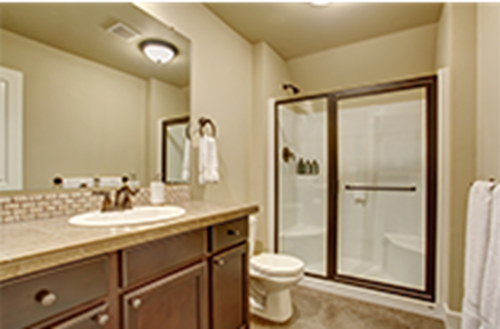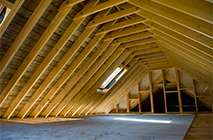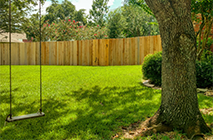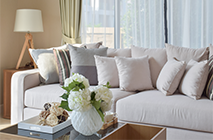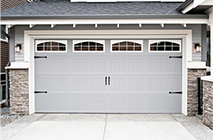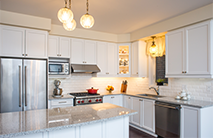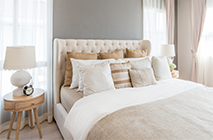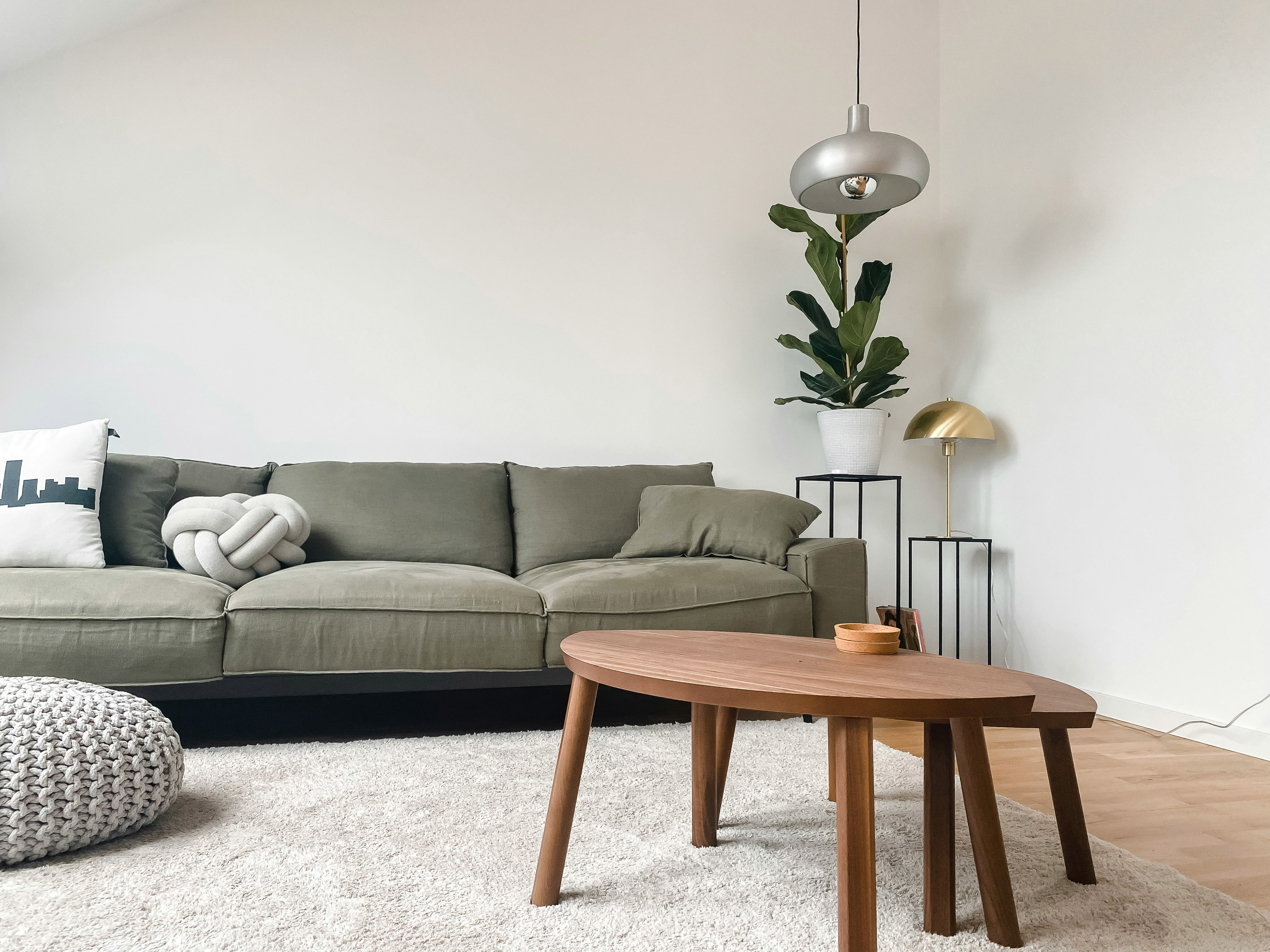
Bugs in Furniture
Believe it or not, it’s highly common to find pests in furniture throughout your home. While you may enjoy relaxing in your favorite comfy chair after a long day, this lounge seat could also be a major hotspot for a number of pests. Some insect invaders will crawl along easy-to-spot surfaces like kitchen counters; whereas other “sofa bugs” tend to inhabit areas where you spend your free time, including chairs, couches, and mattresses.
These pesky invaders include Varied Carpet Beetles, Bed Bugs, Fleas, and House Dust Mites.
Furniture Pest Identification
Bed Bugs

- Despite their name, bed bugs can be found in furniture, and basically anywhere else humans congregate,. Known for being “hitchhikers”, these bugs can catch a ride on clothing or personal items, traveling from places like schools and hotels right into your home. Once hidden within the couch cushions, bed bugs will wait to feed on anyone dozing off to sleep. It’s important to remember that a person’s steady stream of CO2 is what draws bed bugs out and indicates a meal is nearby.
Varied Carpet Beetles

- Varied carpet beetles are often found in the home, inhabiting attics, tapestries and wool-based wall-to-wall carpeting.
- These pests enjoy dining on carpets, woolen fabrics, dead insects, furs, hides, feathers, horns, hair, silk and bones.
Flea

- While pet owners are primarily at risk for flea infestations, these biting pests can also be brought onto a property by wild animals like raccoons or skunks and then make their way into a home.
- Like other pests, fleas are able to easily infest households. They’re commonly called “freeloaders” because they transfer to new environments by latching onto mammals, as well as shoes, pant legs and blankets. Once inside, fleas usually hide in areas where pets and people sleep such as furniture, beds and carpeting, but can also be found in the cracks of hardwood floors.
House Dust Mites

- The most common area dust mites like to hide is in the bed due to an abundance of dander. House dust mites may also be found in other living areas with carpeting, furniture and clothing.
MORE FROM THE NATIONAL PEST MANAGEMENT ASSOCIATION
What are the Signs of Furniture Bugs?
Bed Bugs
- Signs of a bed bug infestation:
- Bed bugs are most easily identified by small reddish-brown fecal spots on mattresses, upholstery or walls.
- Bites on the arms and legs, often in a line, are also tell-tale signs of bed bugs.
- Infestations can also be identified by bed bug molt skins, their eggs, empty eggshells or the bugs themselves.
- Bed bug molt skins, as well as their eggshells, appear pale white after molting or emerging from the eggshell, respectively.
- All of these things are quite small, but still visible to the human eye.
Varied Carpet Beetles
- Signs of a carpet beetle infestation:
- Carpet beetles can be very difficult to spot. They sometimes live under floorboards or in vents but will often hide in cracks and crevices in carpets, furniture, clothing as well as other textiles.
- Some signs of carpet beetles could include damage to fabric, shed skins and fecal pellets as well as live or dead adult beetles.
Fleas
- Signs of a flea infestation:
- There are many signs of a flea infestation, including scratching, hair loss and red bumps.
- You may also notice small black specks, which are usually flea feces, scattered throughout pet beds, carpets and rugs.
- Flea larvae is harder to find and is usually located in secretive locations like behind pieces of furniture or inside the cracks of floors.
- These eggs are deposited on your pet by the female adult flea, allowing them to fall off of your pet as they move and dispersing them throughout the areas your pet lives in.
Where Do Furniture Bugs Come From?
While these pests might not fully appreciate a comfy reclining chair, they still make the most of all the amenities that homes have to offer. In particular, carpets serve as shelter and even food for some living room bugs like dust mites and beetles. Living rooms also typically have greater accessibility for pests compared to other parts of the house. They are usually located on the first floor and near the front door, and also tend to have multiple windows that provide numerous entry points for pests. Additionally, living rooms accommodate a great deal of foot traffic compared to other rooms, giving any hitchhiking bugs ample opportunities to make their way into the home. When it comes to the bedroom, most insects are less concerned with the quality of the mattress, and instead are more attracted to the person or pet lying in the bed. As such, bedrooms provide an ideal environment for pests, as they give them regular access to a food source – humans – as well as ample hiding spots in bed seams and layers of sheets.

How to Keep Pests Out of Furniture
There are a handful of tips that homeowners and travelers alike can implement to prevent bed bugs, fleas and dust mites from invading furniture. Inside the home, homeowners should practice good sanitation, especially in the bedroom, to ward off any infestations. Eliminate clutter to reduce potential hiding spots for pests, wash and dry bed linens using the hottest temperature allowed for the fabric, and closely inspect any second-hand furniture before bringing it inside. Also, be sure to regularly inspect areas where pets sleep for signs of fleas.
Flea prevention:
- Due to the flea lifecycle, it could take weeks or months to finally end an infestation. If you’re concerned you have a flea issue, it is important to quickly treat any pets who may have become a host. Comb your pets to remove fleas and then bathe them with effective flea treatments. It may be necessary to take your pet to a veterinarian if symptoms persist. To prevent any further infestations, keep dogs on a leash when outside and be sure to regularly bathe and groom pets.
- Prevent household infestations from taking hold by cleaning and vacuuming frequently to help remove flea populations and prevent the laying of eggs. Additionally, be sure to regularly wash bed linens. For serious infestations, you may need to apply heat with a steam cleaner to kill off eggs, or hire a flea exterminator.
- Outdoors, make sure the lawn is well-groomed since fleas prefer to hide in tall grass. Since fleas typically travel on rodents, be sure to eliminate any rodent harborage sites on your property such as overgrown trees or shrubs.
- Practice active flea management with any outdoor pets by bathing them regularly, keeping them on a leash, and using flea treatments. After spending any amount of time outdoors, always conduct a flea check on pets.
Dust mite prevention:
- Frequently change bed linens. If house dust mites are a serious problem, try mattress encasements with a cover tested for house dust mites.
- Vacuum areas frequently using a HEPA filter vacuum.
- Keep humidity low when possible; heating or freezing infested fabric may help.
- Avoid playing with children or animals on carpeted areas if you’re an asthmatic.
- This is not a pest which can be controlled easily; a professional pest management professional can inspect and identify mites in living areas and provide further guidance on control.
Bed bug prevention:
- When traveling, thoroughly inspect the entire room for bed bugs before unpacking, including behind the headboard, under lights and inside dressers, sofas and chairs. Pull back the sheets and inspect mattress seams and box springs, particularly at the corners, for signs of these blood-sucking pests.
- Avoid placing luggage on furniture or luggage racks where bed bugs can hide unseen.
- After arriving home from a trip, thoroughly vacuum luggage before storing it.
- Also, wash and dry all clothes – even those that have not been worn – on hot cycles before putting them back in drawers.
- Examine second-hand furniture before bringing it home.
Varied carpet beetle prevention:
- To avoid varied carpet beetle infestations, store clothing in plastic containers. Dry clean clothing thoroughly before storing for long periods of time.
Find a Pest Control Professional for Furniture and Sofa Bugs
Wondering how to get rid of bugs living in your furniture? It’s always best to contact a licensed pest control professional. A qualified professional will conduct a thorough inspection of the furniture in question to identify the source of the problem and recommend a proper course of treatment.






